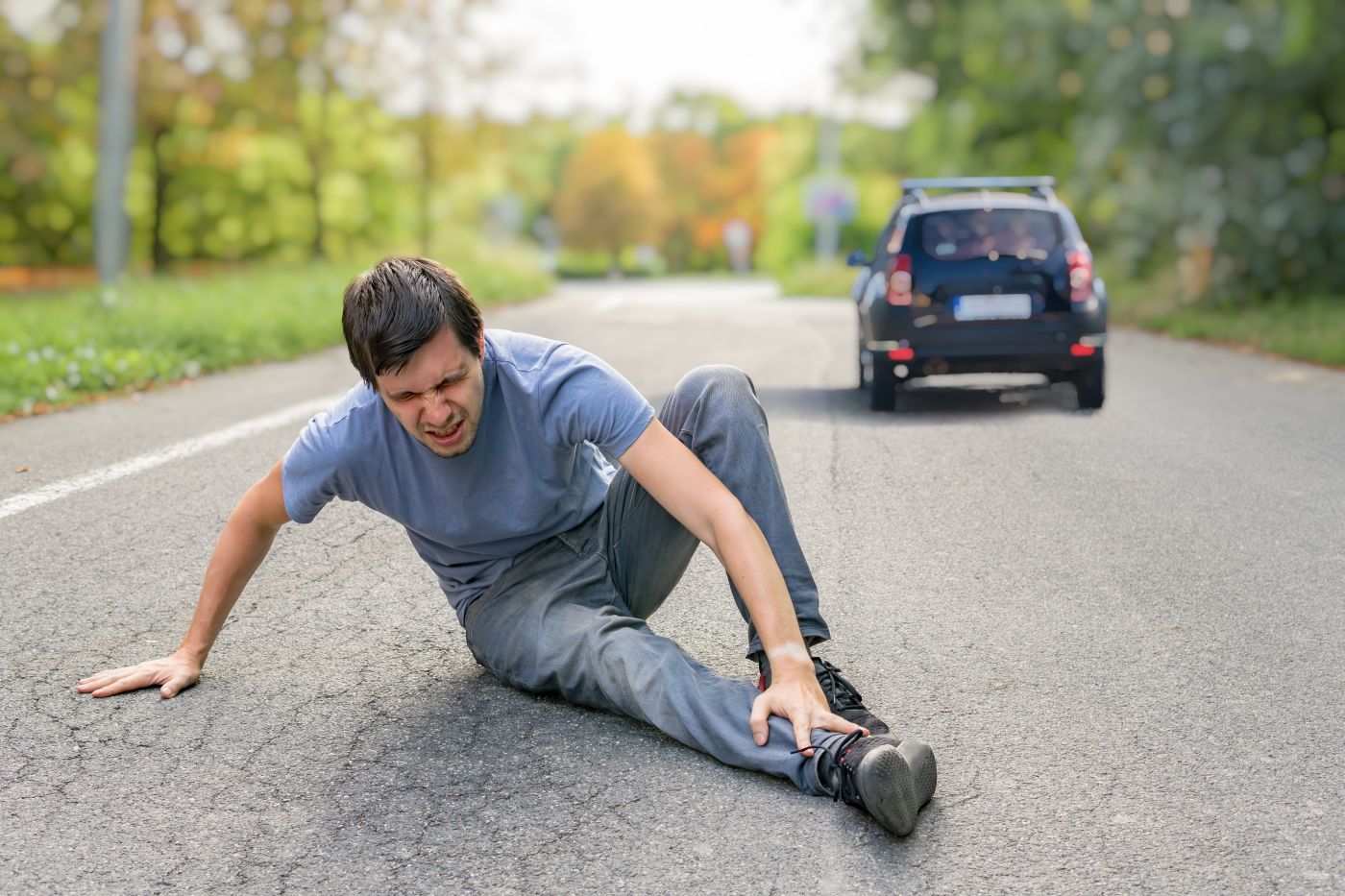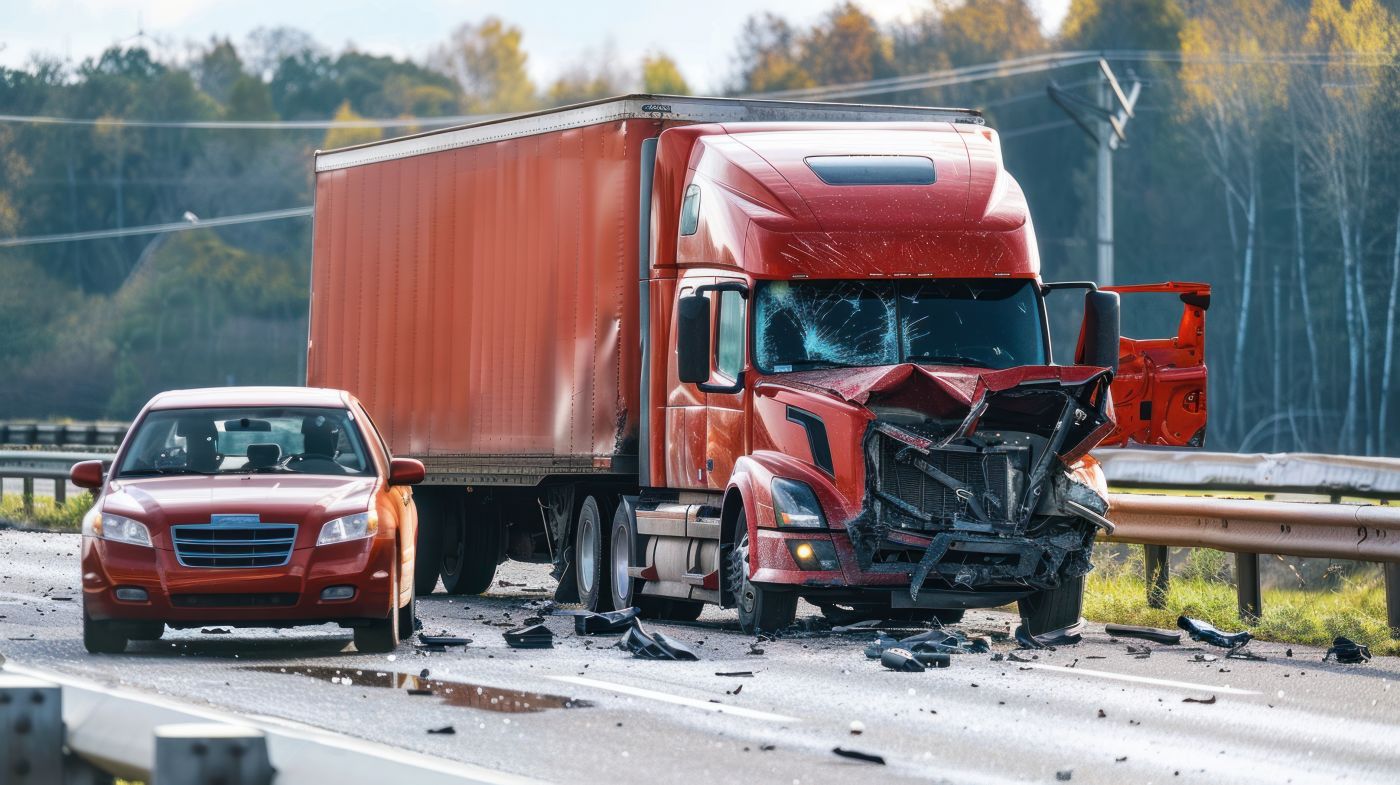Child safety is a top priority for every parent, especially when it comes to traveling in a vehicle. In Ohio, there are specific laws and regulations in place to protect children by requiring the use of appropriate child safety seats. Understanding these requirements is crucial, not only for the safety of your child but also to avoid potential legal consequences. In this blog, we’ll explore the child safety seat requirements in Ohio, discuss the importance of compliance, and explain how these regulations can impact personal injury cases.
Ohio’s Child Safety Seat Laws
Ohio law mandates that children must be secured in a child safety seat or booster seat until they meet certain age, height, and weight requirements. These laws are designed to reduce the risk of injury in the event of a car accident, as properly used child safety seats significantly decrease the likelihood of serious injury or death.
Rear-Facing Car Seats
In Ohio, infants and toddlers are required to ride in a rear-facing car seat until they reach the age of two or until they exceed the height or weight limit set by the car seat’s manufacturer. Rear-facing car seats offer the best protection for young children because they support the head, neck, and spine in the event of a crash, distributing the impact across the entire body.
Parents should keep their children in a rear-facing seat for as long as possible, as it provides the highest level of safety. Once the child outgrows the rear-facing seat, they can transition to a forward-facing car seat with a harness.
Forward-Facing Car Seats
Once a child has outgrown their rear-facing car seat, Ohio law requires them to be placed in a forward-facing car seat with a harness. Children should remain in this type of seat until they reach the maximum height or weight limit specified by the seat’s manufacturer.
Forward-facing car seats are designed to protect children who are no longer small enough for a rear-facing seat but still need the additional support that a harness provides. These seats help to distribute the forces of a crash across the strongest parts of the child’s body, minimizing the risk of injury.
Booster Seats
After a child outgrows their forward-facing car seat, Ohio law requires them to use a booster seat until they're either eight years old or 4 feet 9 inches tall, whichever comes first. Booster seats are designed to elevate the child so that the vehicle’s seat belt fits properly across their chest and hips, rather than their neck and stomach.
The use of a booster seat is crucial because adult seat belts are not designed for children. Without a booster, the seat belt can cause serious injuries in the event of a crash. It’s important to make sure that the seat belt fits snugly across the shoulder and chest, with the lap belt positioned low on the hips, not across the stomach.
Seat Belts
Once a child has outgrown their booster seat, they’re permitted to use the vehicle’s seat belt. Ohio law requires that all passengers, regardless of age, use a seat belt at all times. For children, it’s essential to make sure that the seat belt fits correctly—across the upper thighs and snugly across the shoulder and chest. If the seat belt doesn’t fit properly, the child should continue using a booster seat.
The Importance of Compliance With Child Safety Seat Laws
Complying with Ohio’s child safety seat laws is not just a legal obligation; it’s a vital measure to protect your child’s life. Car accidents are a leading cause of injury and death among children, and the proper use of child safety seats can significantly reduce the risk of harm.
Reducing the Risk of Injury
Studies show that child safety seats reduce the risk of fatal injury by 71% for infants and by 54% for toddlers in passenger cars, according to the National Highway Traffic Safety Administration. For older children, booster seats reduce the risk of serious injury by 45% compared to using a seat belt alone. These statistics highlight the importance of using the correct safety seat for your child’s age, height, and weight.
Avoiding Legal Consequences
Failure to comply with Ohio’s child safety seat laws can result in legal penalties, including fines and points on your driver’s license. More importantly, if your child is injured in an accident and they were not properly restrained, it could affect the outcome of a personal injury case. Insurance companies and courts may consider non-compliance with safety laws when determining liability and damages.
How Child Safety Seat Compliance Affects Personal Injury Cases
In the unfortunate event of a car accident, the use of a child safety seat can have a significant impact on a personal injury claim. If your child was injured and was not properly restrained, it could complicate your ability to recover compensation.
Comparative Negligence in Ohio
Ohio follows a comparative negligence rule, which means that if you’re found to be partially at fault for an accident or for the extent of the injuries sustained, your compensation may be reduced accordingly. For example, if it’s determined that your failure to use a child safety seat contributed to your child’s injuries, the amount of compensation you receive could be reduced.
This is why it’s crucial to always comply with child safety seat laws. By doing so, you not only protect your child from harm but also safeguard your rights in the event of a personal injury claim.
Proving Compliance in a Personal Injury Case
If you’re involved in a personal injury case following a car accident, proving that you were in compliance with Ohio’s child safety seat laws can strengthen your claim. It demonstrates that you took all reasonable steps to protect your child, which can be an important factor in establishing liability and recovering damages.
Make sure to keep documentation of your child’s safety seat, including the make, model, and any registration information. This can be useful if you need to prove that the seat was appropriate for your child’s age, height, and weight.
Tips for Choosing and Installing a Child Safety Seat
Selecting the right child safety seat and installing it correctly is essential for maximizing its protective benefits. Here are some tips to help you make the best choices for your child’s safety.
Choose the Right Seat for Your Child
Always choose a child safety seat that’s appropriate for your child’s age, height, and weight. Refer to the manufacturer’s guidelines to make sure that the seat is suitable for your child. If you’re unsure which seat to choose, consider visiting a local car seat inspection station, where trained technicians can assist you in selecting the right seat.
Follow Installation Instructions Carefully
Proper installation is critical for the effectiveness of a child safety seat. Carefully follow the installation instructions provided by the manufacturer, and make sure the seat is securely fastened to the vehicle. Many car seats come with built-in level indicators to help you position the seat correctly.
If you’re not confident in your installation, seek assistance from a certified car seat technician. Many local fire stations, hospitals, and police departments offer free car seat inspections.
Register Your Car Seat
Registering your child's safety seat with the manufacturer allows you to receive important safety updates and recall notifications. If a defect is discovered, the manufacturer can contact you directly to provide instructions on how to address the issue.
Understanding and complying with Ohio’s child safety seat requirements is essential for protecting your child and avoiding legal complications. By using the correct safety seat and making sure it’s properly installed, you can significantly reduce the risk of injury in the event of a car accident.
For parents and caregivers in Ohio, knowing the law and taking proactive steps to follow it can make all the difference in keeping children safe on the road. Additionally, if you’re ever involved in a personal injury case, demonstrating compliance with these laws can help protect your legal rights and make sure that you’re in the best position to recover the compensation you deserve. If you have any questions about child safety seat requirements or need assistance with a personal injury claim, consider consulting a qualified attorney who can guide you through the process.
Contact an Auto Accident Attorney
Have you or a loved one been involved in a car accident involving a minor? If so, you’re entitled to compensation. At Diehl & Hubbell, LLC, our clients are more than just a number or a case file. We give each of our clients and cases individual service, focusing on what you need to recover from your injuries and get your life back on track.
We know the steps to guide you in the right direction. From the initial case evaluation to gathering evidence, filing the claim properly, and hiring top professionals, we'll put our knowledge and skills to work for you. Call today to schedule your consultation. We serve Southwestern Ohio including Warren County, Clinton County, Highland County, Clermont County, and Butler County.



